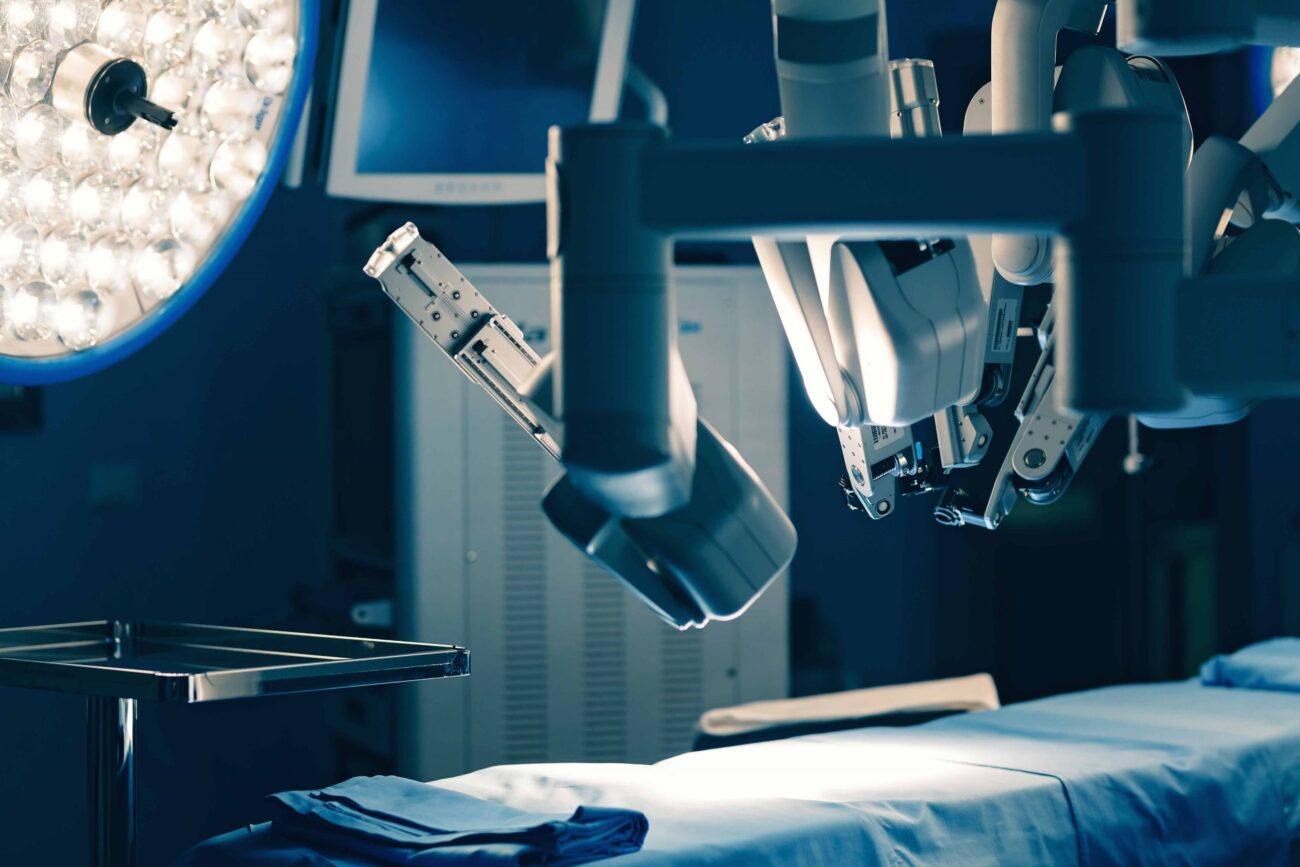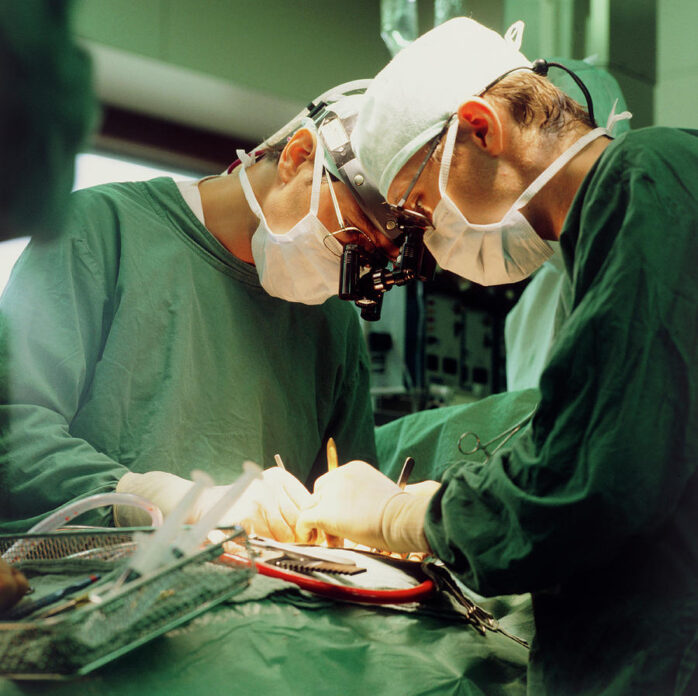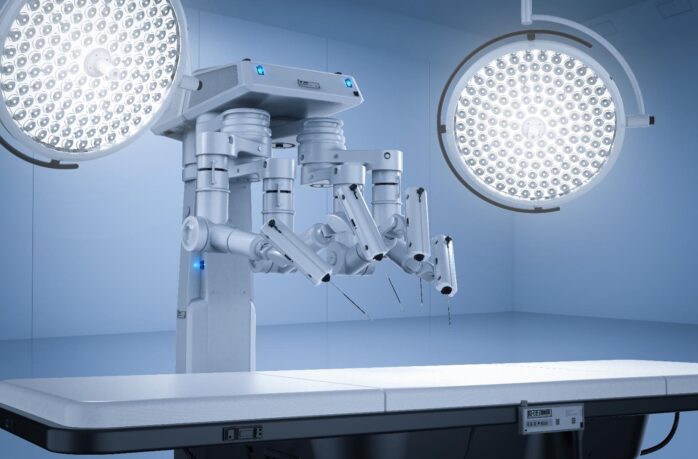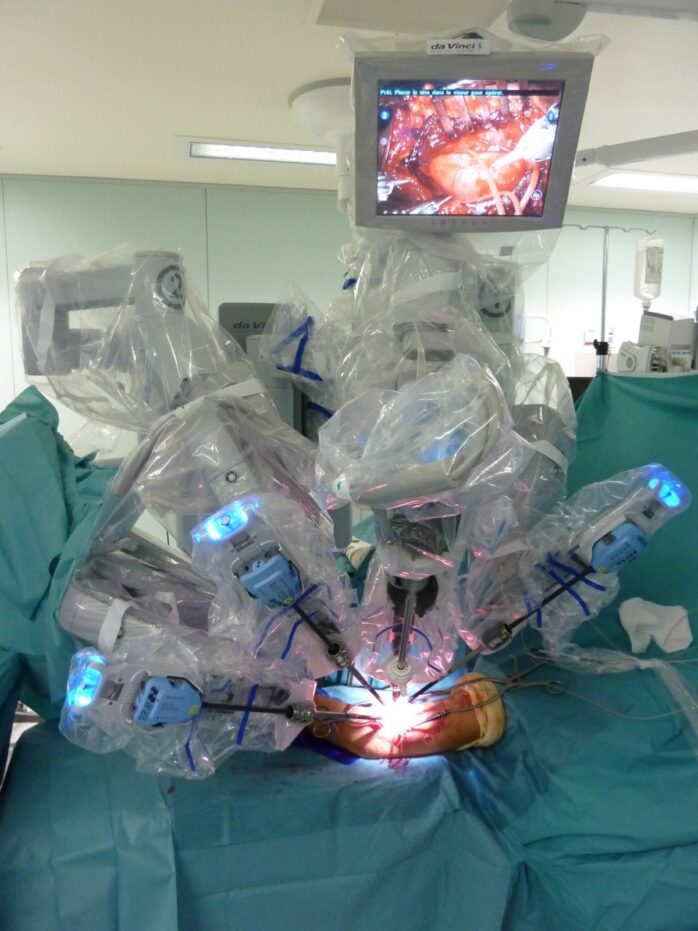
In the modern world in which we live, progress is happening very fast in all areas. And we can definitely say that in some areas this progress is more important than in others, because it gives us a better and more comfortable life. We can all agree that the medical innovations that scientists are coming up with are of immense importance to each of us, as they help us get rid of pain, eliminate disease, improve health and ensure a better quality of life in every way. Nowadays, there is more and more talk about microsurgical innovations that are an important part of the healthcare system and which are considered to be an indispensable part of the future of medicine. That is why today we share with you some of the microsurgical innovations that will surely change health care and probably the lives of each one of us.
First of all, what exactly is microsurgery and what are its main applications?

Microsurgery is an area that has become increasingly important in recent decades. In short, microsurgical procedures are those that require the use of a microscope to allow a clearer picture and achieve the desired results. As you can imagine, these surgeries are performed on small parts of our body, such as small blood vessels and nerves. However, this explanation cannot fully convey the importance of this discipline and the skills that surgeons must have in order to perform these surgeries successfully.
Some of the most common areas where microsurgery is performed are the nose, ear and throat, but keep in mind that microsurgery has found its application on other parts of the body. The two basic roles of this area of surgery are (among other things) tissue transplantation and attachment of amputated body parts. These procedures are also of great importance in accelerating wound healing and restoring the function of various parts of the body after injuries or cancer. As you can see, microsurgery is indeed widely used, and it is estimated that its application and importance will only grow in the years ahead.
One of the reasons why we can expect more and more innovation in this field is that today a large number of companies are dedicated to bringing the latest advancements and services to the field of microsurgery, pursuing what matters most, helping surgeons save and sustain lives. You can read more about this at www.synovismicro.com.

When did it all start?
Microsurgery seems to many to be an area that is very young and that has come along with modern times of advanced technology. However, the truth is that microsurgery began to be studied in the 1950s, after the first operating microscope was introduced. The first procedures were performed on animals and showed great success when it comes to surgeries on small blood vessels and nerves, which revealed the potential of this discipline.
After the positive results obtained in animal experiments, scientists have increasingly devoted themselves to studying this discipline and doing everything to figure out how to make it work for different purposes. In the past few years microsurgery has become almost irreplaceable when it comes to tissue transplantation and attachment of amputated tissue. Nowadays, microsurgery is of great importance in the field of plastic surgery, ophthalmology, neurosurgery, etc.
One of the best things is that it has been shown that procedures in this area are mostly non-invasive, highly precise and do not carry the risk of more serious consequences.

What are some of the biggest microsurgical innovations?
One of the things that microsurgery has enabled is greater precision and accuracy, which is always highly desirable in the field of surgery. And all of this thanks to the digital approach. Since microsurgery involved the use of miniature devices to perform operations, it was necessary to include technology and programming in the whole process, so virtual planning and three-dimensional printing began to be used. This has made it possible to achieve much greater precision and efficiency when performing surgical procedures and reduce the possibility of undesirable consequences. Also, in this way it is possible to access much more complex reconstructions, with a higher percentage of success.
Microsurgery has made intraoperative navigation, imaging, and assessment of tissue perfusion possible. This finally made it easier for surgeons to avoid vital parts and focus exclusively on small blood vessels or nerves, with great precision.
Another area that was problematic for surgeons before the development of the microsurgical discipline was head and neck reconstruction in cancer patients. The biggest problem until then was that extremely invasive surgical procedures were used, which carried a high risk. Fortunately, the risk is minimized by using reconstructive microsurgery that has minimal invasiveness. The whole process is performed with the help of a microscope, which means that small incisions are made and that surgical procedures are focused on one, very small part of the tissue. This finally led to greater success of reconstructive procedures, which could not be achieved before the development of microsurgery.
When it comes to breast reconstruction in oncology patients, a new area has been developed in the field of microsurgery – simultaneous lymph node transfer and prophylactic lymphedema surgery, which shows great potential so far, but still has limited results and remains to show its benefits in the years ahead.
Another very significant innovation that microsurgery has brought with it is the much more successful treatment of cancer and vascular abnormalities in the brain, raising neurosurgery to a whole new level thanks to non-invasiveness and easier access to desired structures.

Conclusion: In today’s modern times, innovations have become a part of everyday life in pretty much every field, but innovations in the field of medicine are perhaps the most important for the life of each of us. Microsurgery is a field of surgery that involves the use of operating microscopes in performing surgeries and in recent decades has become indispensable when it comes to tissue transplantation, attachment of amputated body parts, cataract treatment, tumor treatment and dealing with vascular abnormalities in the brain. It is expected that in the future this area will be increasingly developed and will enable precise, non-invasive access to various surgeries that have not shown much success so far.








